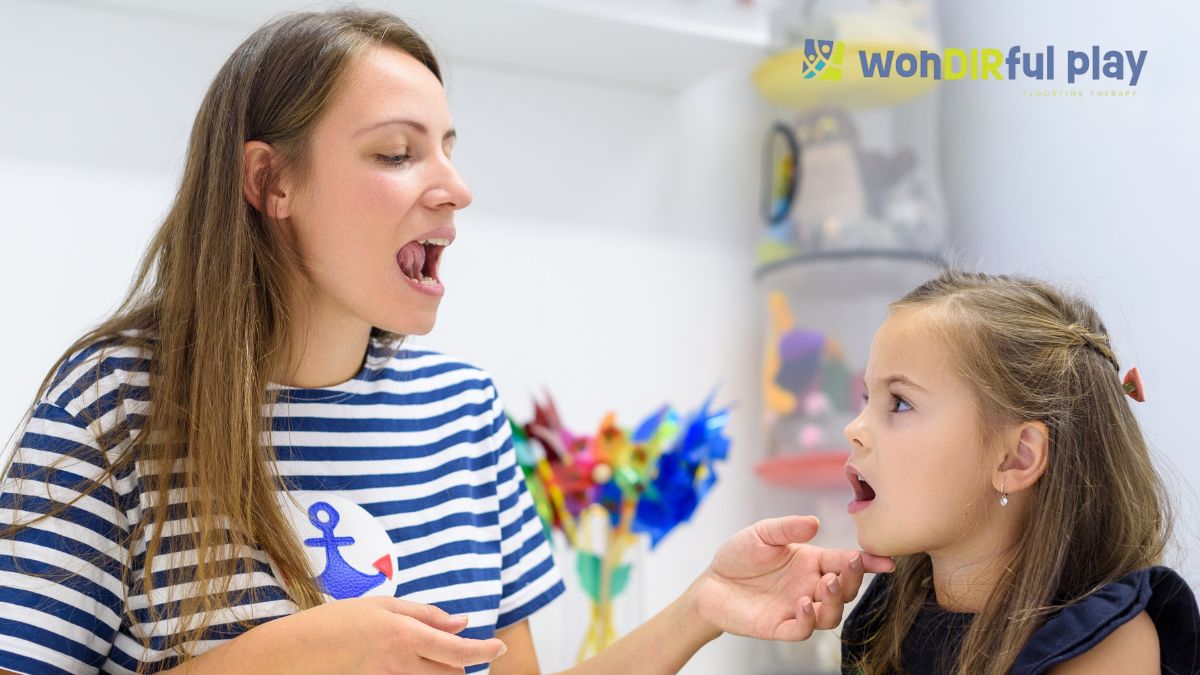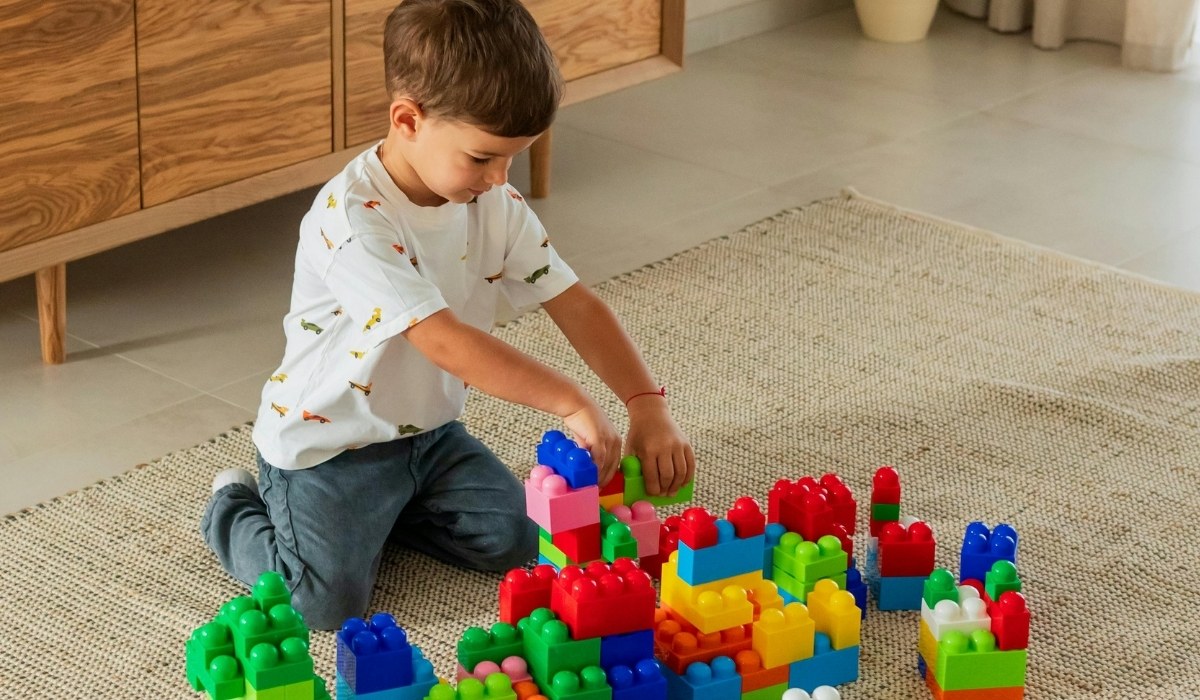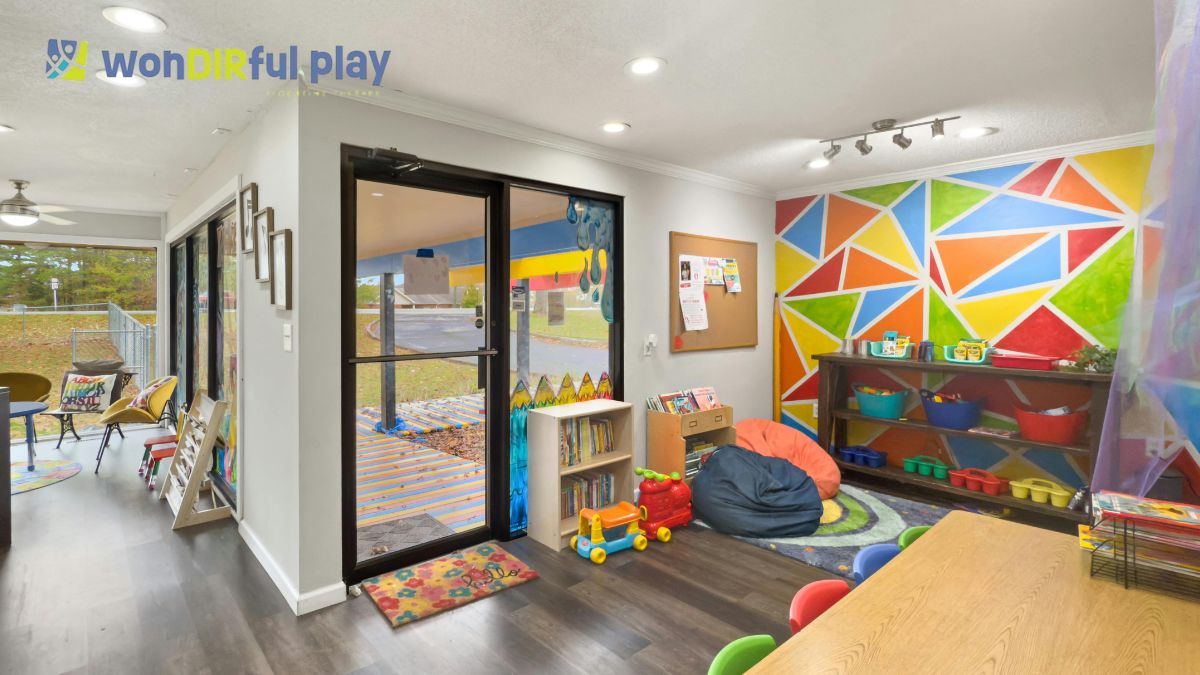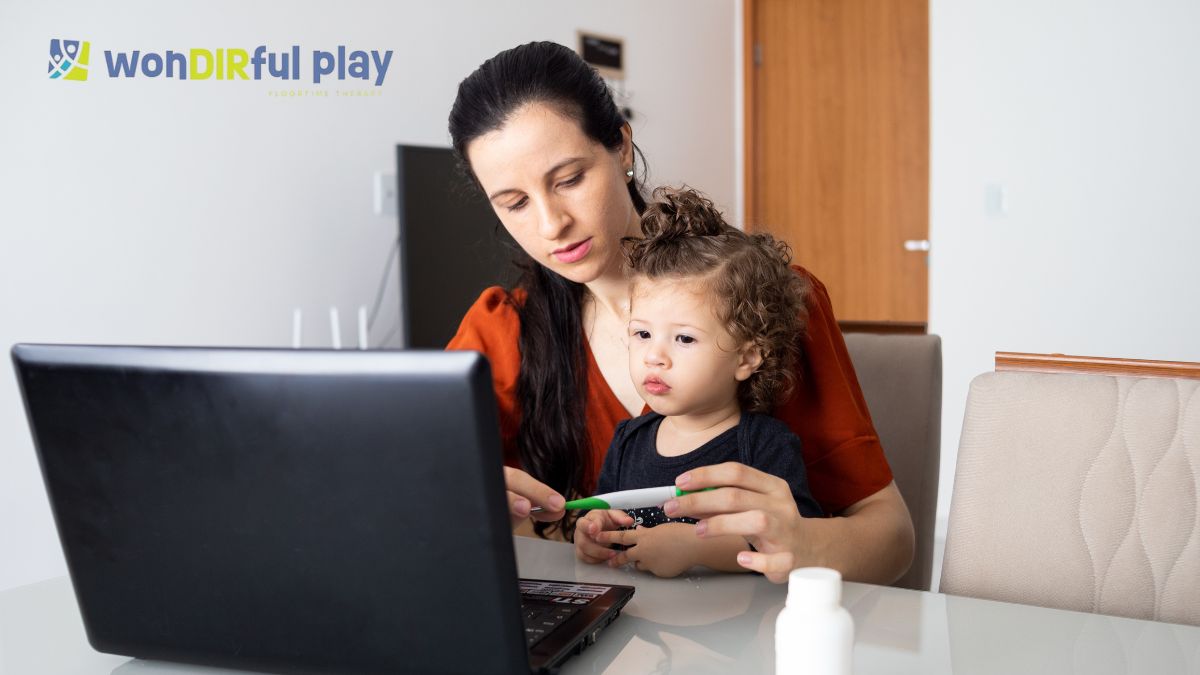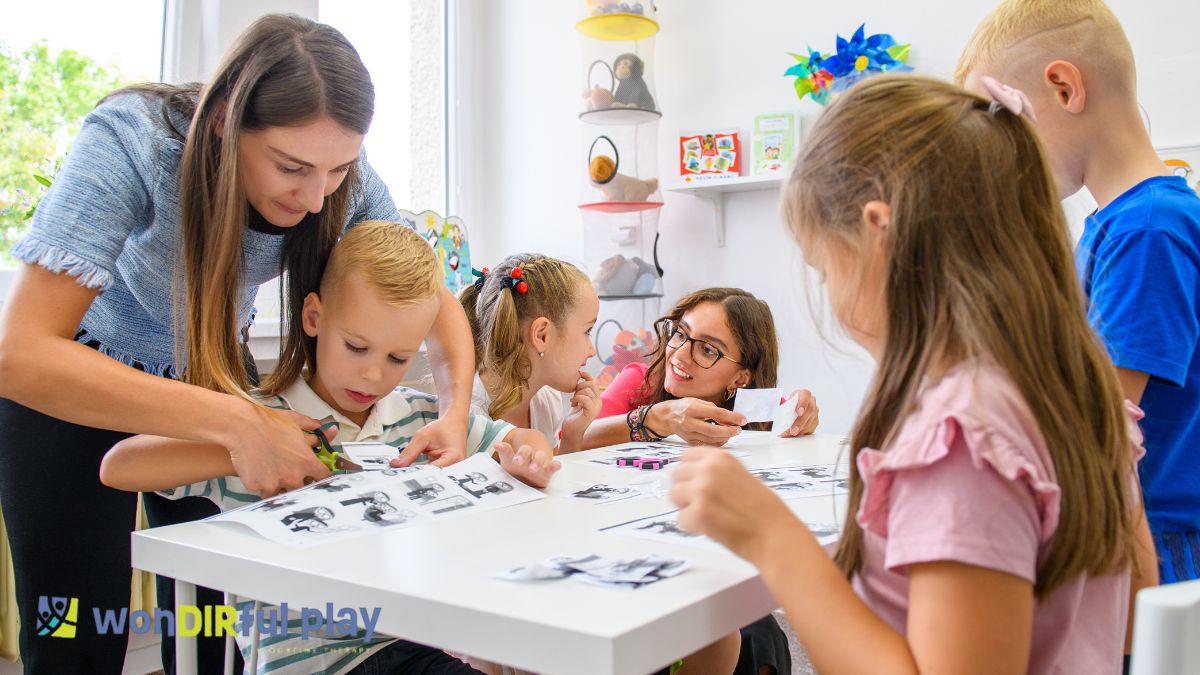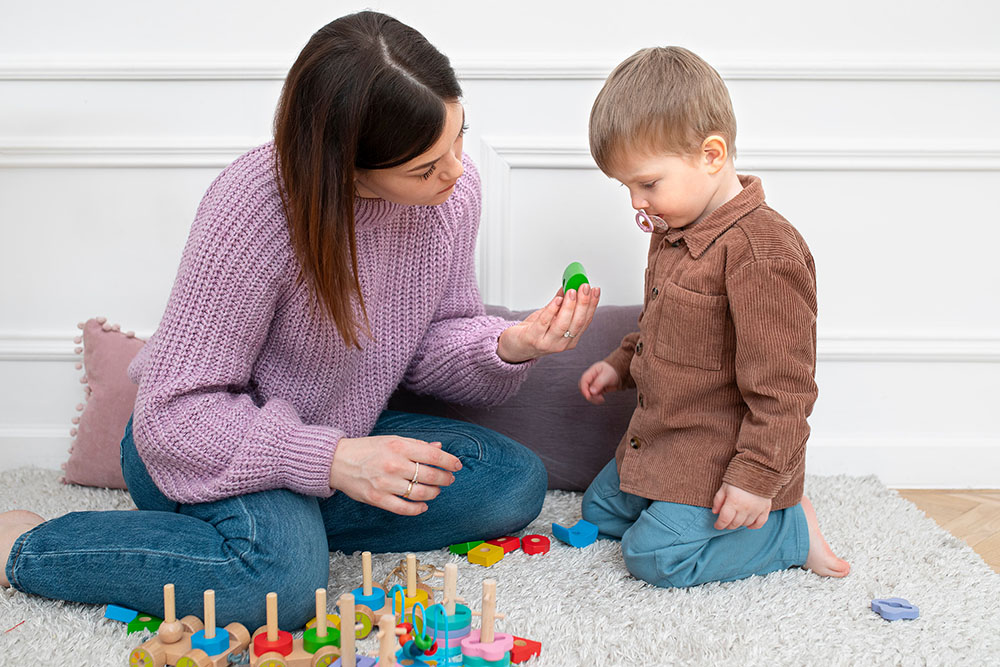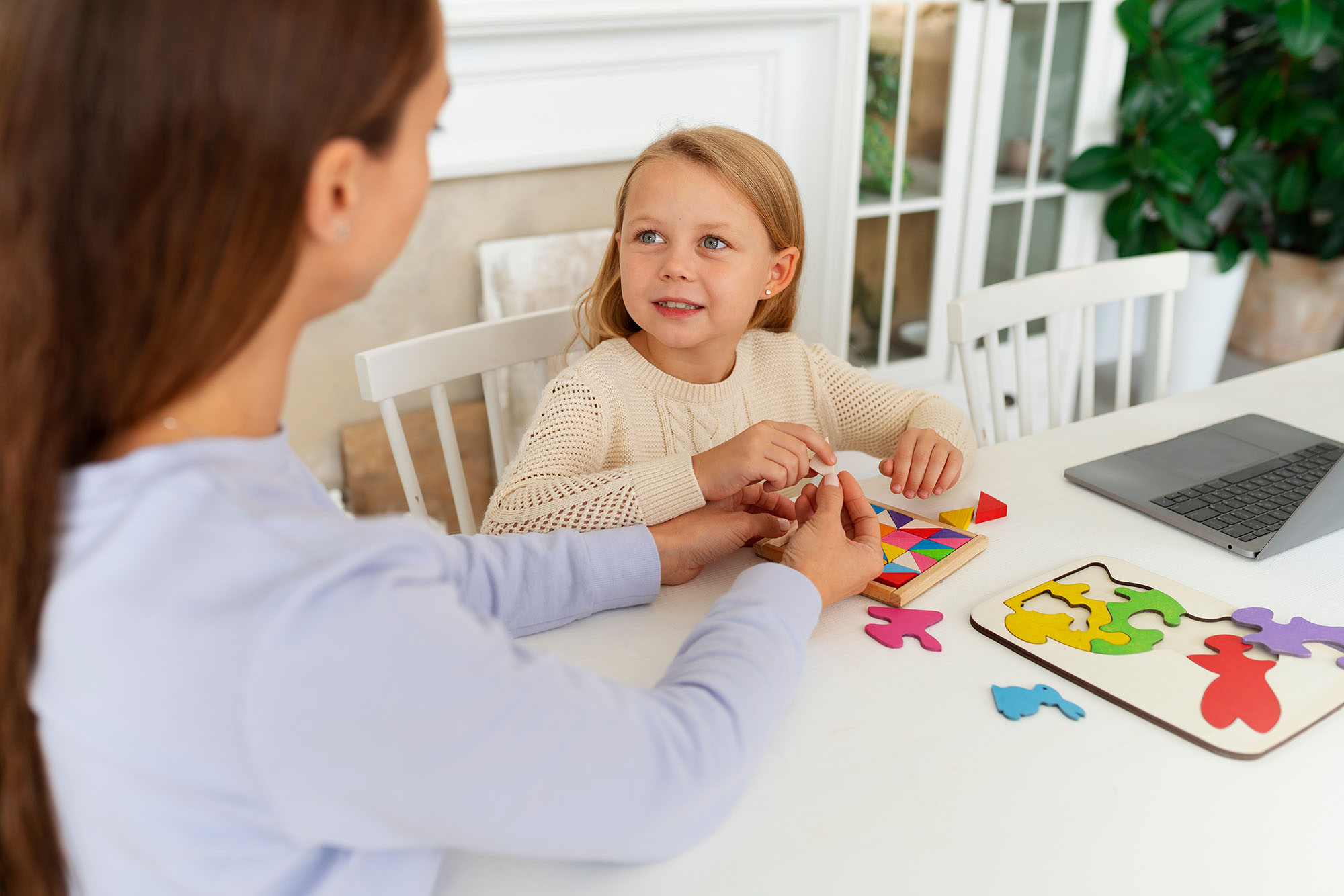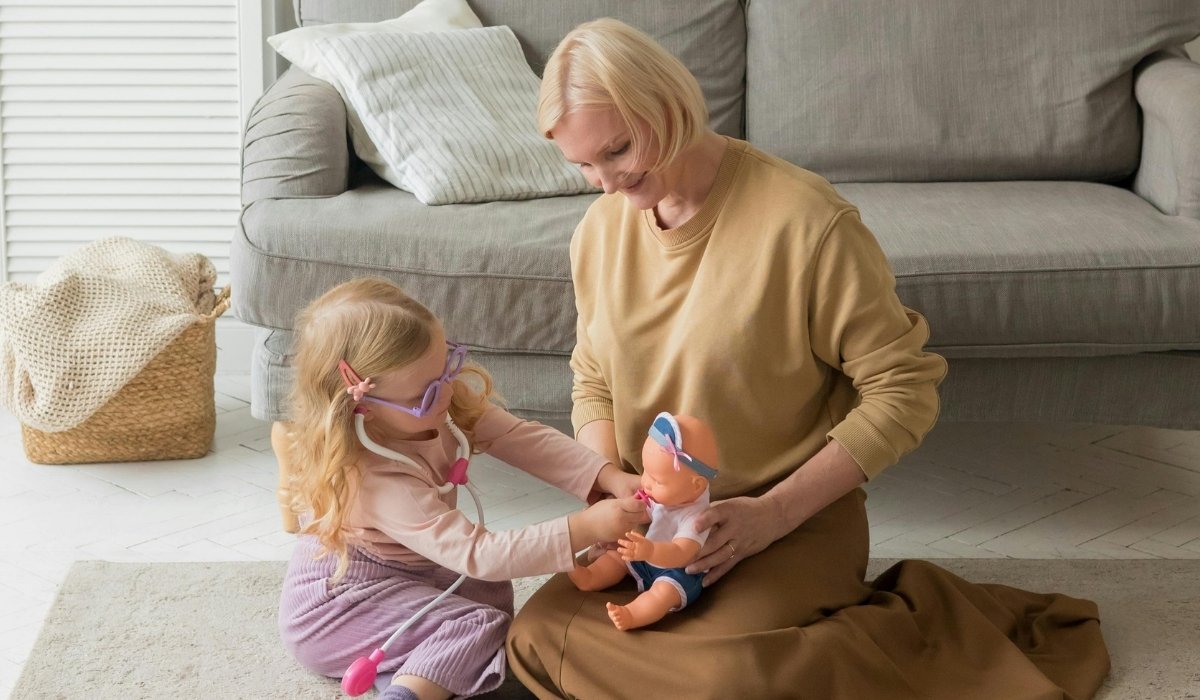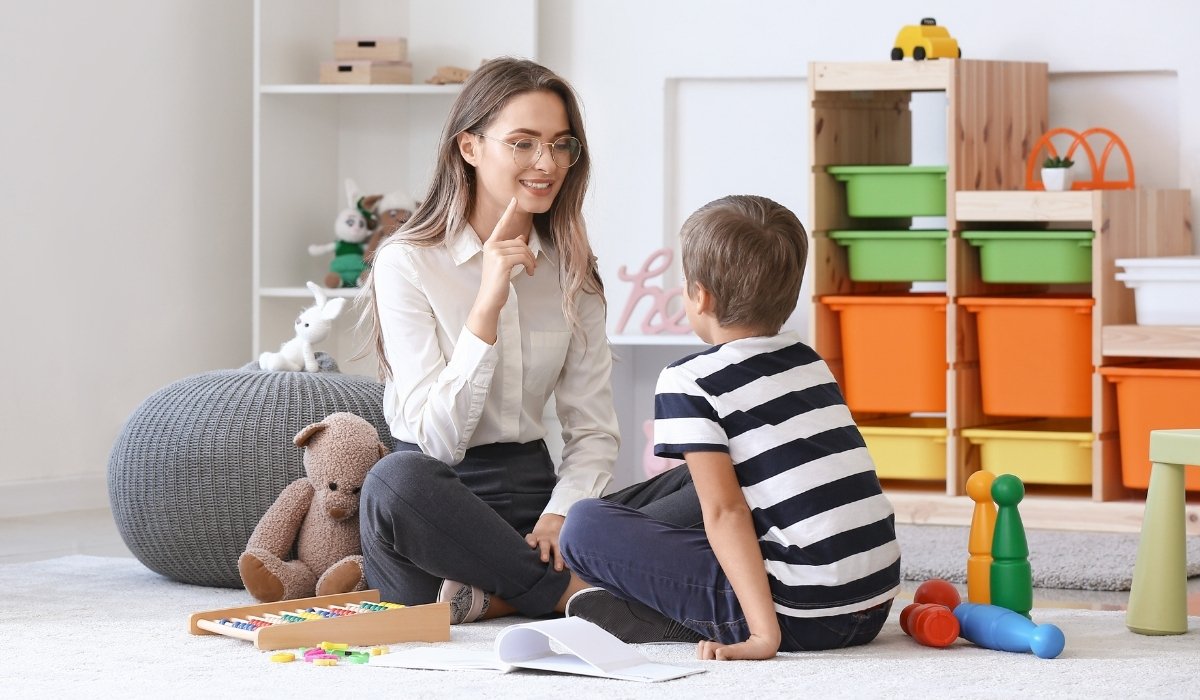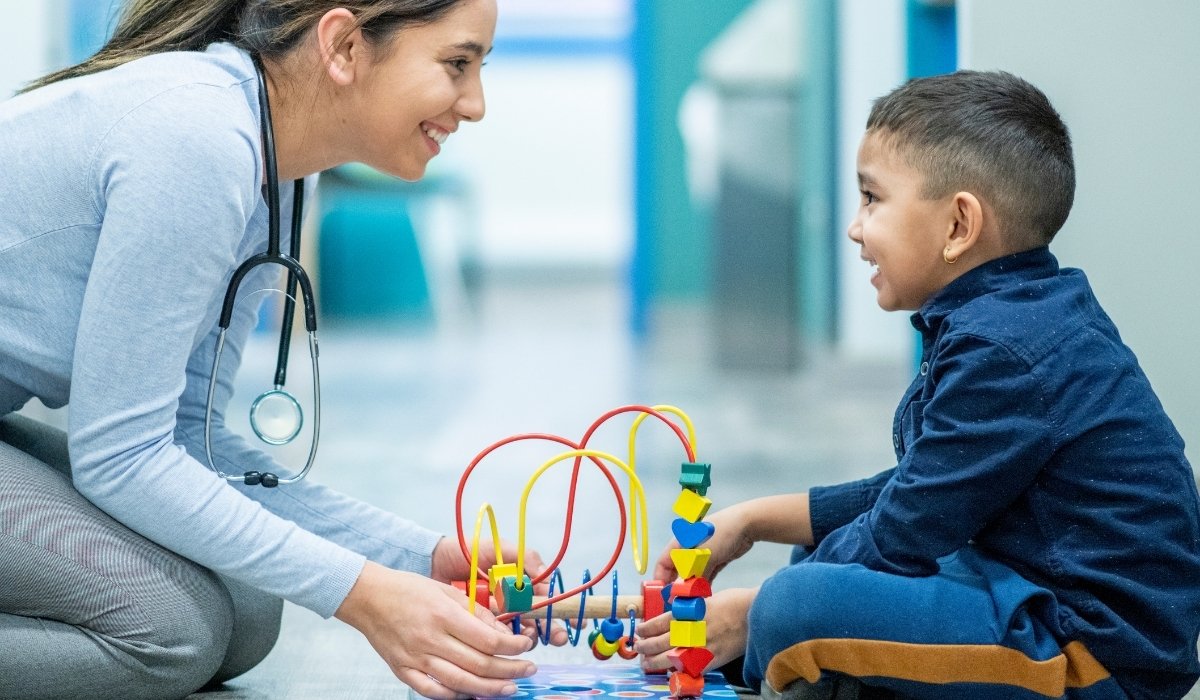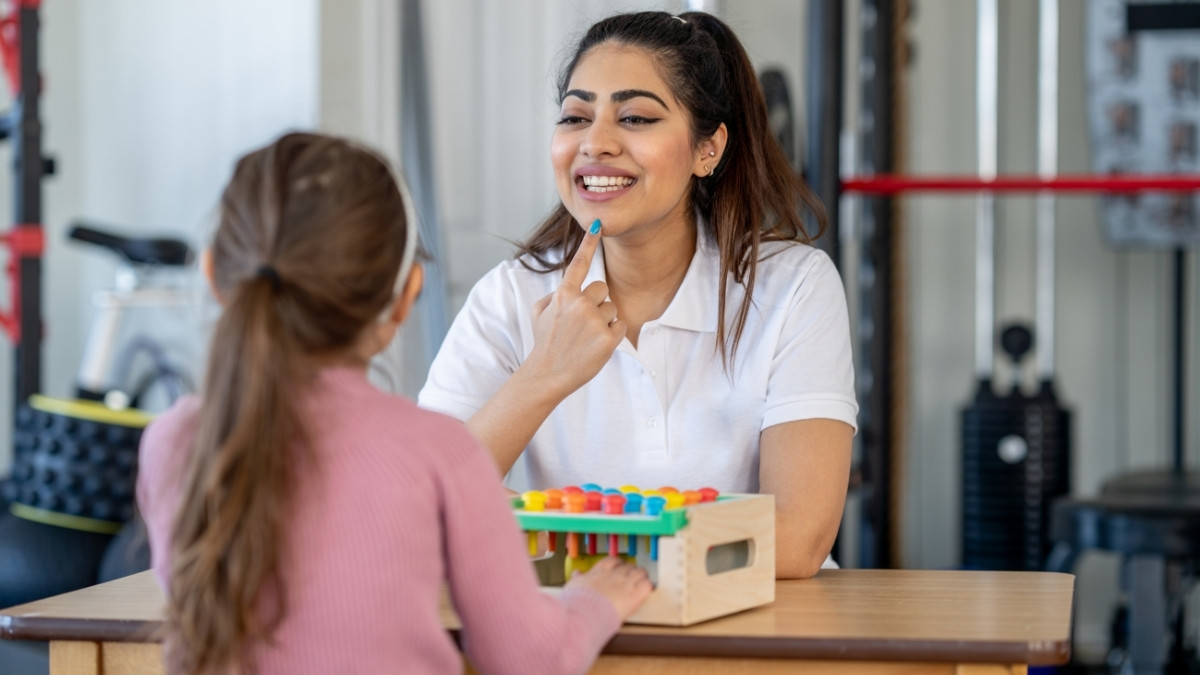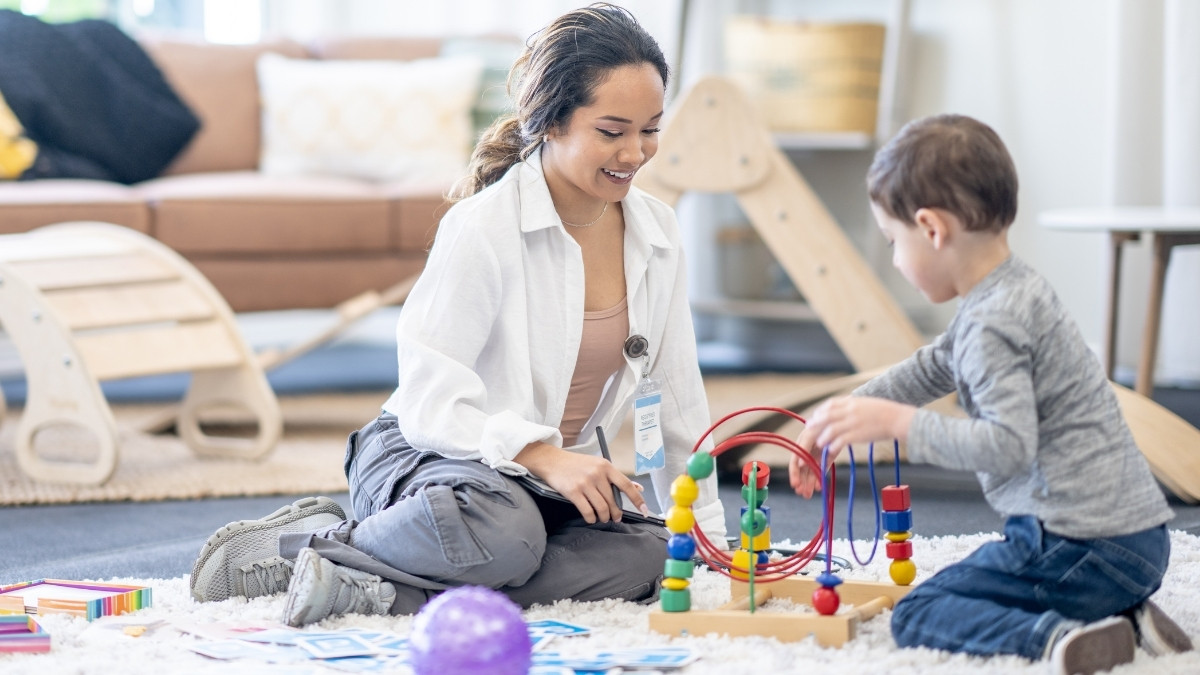How Parents Can Use DIR/Floortime Techniques at Home
February 19, 2025
Discover how parents can effectively use DIR/Floortime techniques at home to support their child's developmental and emotional growth.
.jpg)
Did you know that early interventions like DIR/Floortime can significantly improve communication and social skills in children with developmental delays? Studies show that child-led, relationship-focused techniques lead to better outcomes for children on the autism spectrum. Parents can play a crucial role by integrating DIR/Floortime strategies into daily routines, providing continuous opportunities for growth and development.
How Parents Can Use DIR/Floortime Techniques at Home
Parents can successfully use DIR/Floortime at home by focusing on creating meaningful, interactive play sessions that target social, emotional, and developmental goals. These strategies help foster connection and engagement while supporting a child’s progress through natural, enjoyable interactions.
To get started, parents should understand the primary components of DIR/Floortime: developmental goals, individual differences, and relationship-based interactions. This approach emphasizes meeting children at their developmental level, recognizing their sensory preferences, and building communication and emotional skills through intentional play.
Understanding the Core Principles of DIR/Floortime
DIR/Floortime is based on three key elements:
- Developmental Goals: Identify milestones that a child needs to achieve, such as communication, problem-solving, or self-regulation.
- Individual Differences: Every child has unique sensory and processing preferences. Understanding these helps parents tailor their interactions.
- Relationship-Based Interactions: Establishing strong relationships through meaningful engagement builds trust and fosters emotional development.
By focusing on these principles, parents can help their child navigate developmental challenges in a nurturing and supportive environment.
Setting Up the Environment for DIR/Floortime Sessions
Creating the right environment is essential for successful DIR/Floortime interactions. A well-prepared space encourages focus and creativity.
4 Tips for Setting Up an Effective Space

When the environment is thoughtfully prepared, children are more likely to engage fully in meaningful play.
Step-by-Step Guide for Implementing DIR/Floortime at Home
Once the environment is ready, parents can follow these steps to implement DIR/Floortime techniques effectively.
Step 1: Observe and Follow Your Child’s Lead
Watch what captures your child’s interest and join them in that activity.
- Why it matters: Following the child’s lead fosters autonomy and engagement.
- Example: If your child enjoys stacking blocks, start building alongside them.
Step 2: Engage in Two-Way Communication
Encourage back-and-forth interactions through gestures, sounds, or words.
- Why it matters: These exchanges build communication skills and social reciprocity.
- Example: Mimic your child’s actions, such as clapping, and wait for their response.
Step 3: Expand the Interaction
Gently introduce new ideas or challenges to extend the activity.
- Why it matters: Expanding play helps children develop problem-solving and critical thinking skills.
- Example: Suggest building a bridge with blocks instead of just stacking them.
Step 4: Support Emotional Expression
Acknowledge and validate your child’s emotions during play.
- Why it matters: Understanding and expressing emotions are key components of social-emotional development.
- Example: If your child becomes frustrated, empathize by saying, “I see you’re upset. Let’s figure this out together.”
Consistency is key—frequent, short sessions can yield significant developmental gains over time.
3 Common Challenges and Solutions
Implementing DIR/Floortime at home can present challenges. Here are some common issues and strategies to address them:
1. Limited Child Engagement
- Solution: Simplify the activity or follow the child’s lead more closely.
2. Difficulty Sustaining Two-Way Communication
- Solution: Use exaggerated gestures or mimic your child’s actions to maintain interest.
3. Sensory Overload
- Solution: Adjust sensory input by reducing noise or providing calming sensory tools.
Being patient and adaptable helps parents navigate these challenges and maintain a positive learning environment.
3 Benefits of DIR/Floortime for Children and Families
DIR/Floortime offers numerous benefits:
- Enhanced Communication Skills: Children learn to express themselves more effectively.
- Stronger Parent-Child Bond: Meaningful play strengthens emotional connections.
- Improved Problem-Solving Abilities: Expanding interactions encourages critical thinking.
- Social-Emotional Growth: Children develop better self-regulation and empathy.
These outcomes positively impact both the child and the entire family dynamic.
3 Tips for Success
Here are additional tips for parents implementing DIR/Floortime:
- Be Consistent: Schedule regular sessions to build momentum.
- Stay Present: Give your full attention during play sessions.
- Celebrate Progress: Acknowledge small victories to boost confidence.
By staying committed and enthusiastic, parents can create lasting developmental gains for their children.
Embrace DIR/Floortime at Home with Expert Guidance
WonDIRfulPlay offers personalized DIR/Floortime services tailored to your child's unique developmental needs. Located in New Jersey, our compassionate and experienced professionals are here to help you unlock your child’s full potential through play-based, relationship-focused interventions.
Contact us today to learn how our tailored support can make a meaningful difference in your child’s life. Let’s grow together!
Recent articles





-ink.jpeg)
-ink.jpeg)
-ink.jpeg)
-ink.jpeg)
-ink.jpeg)
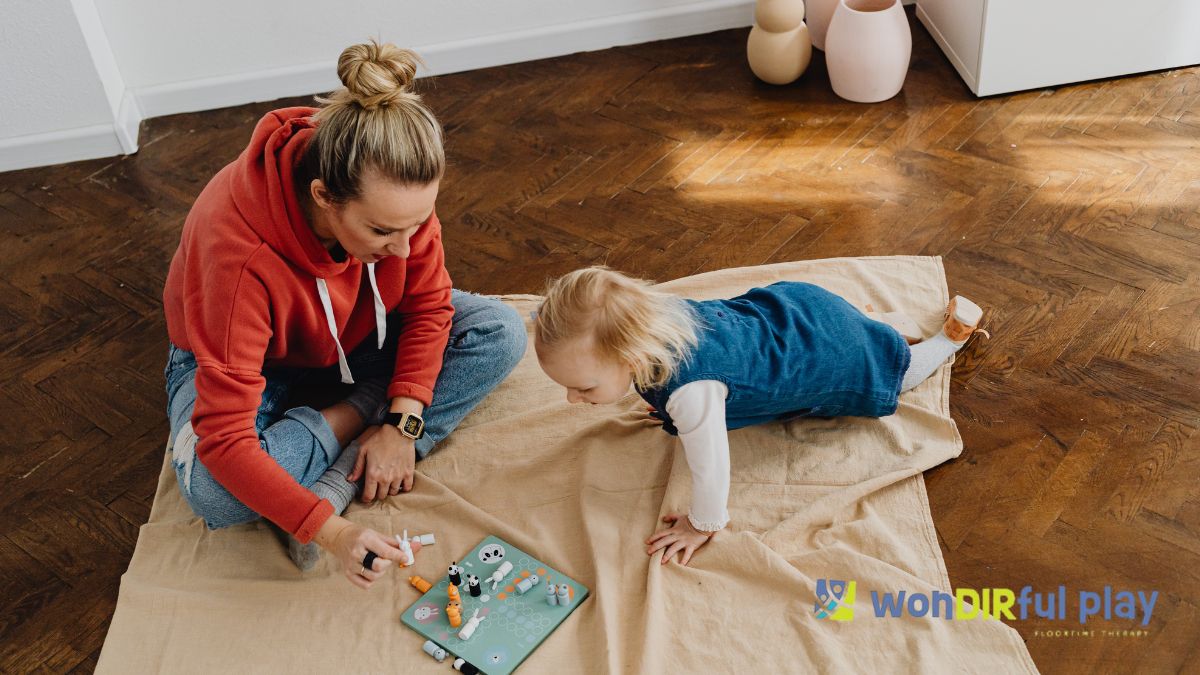
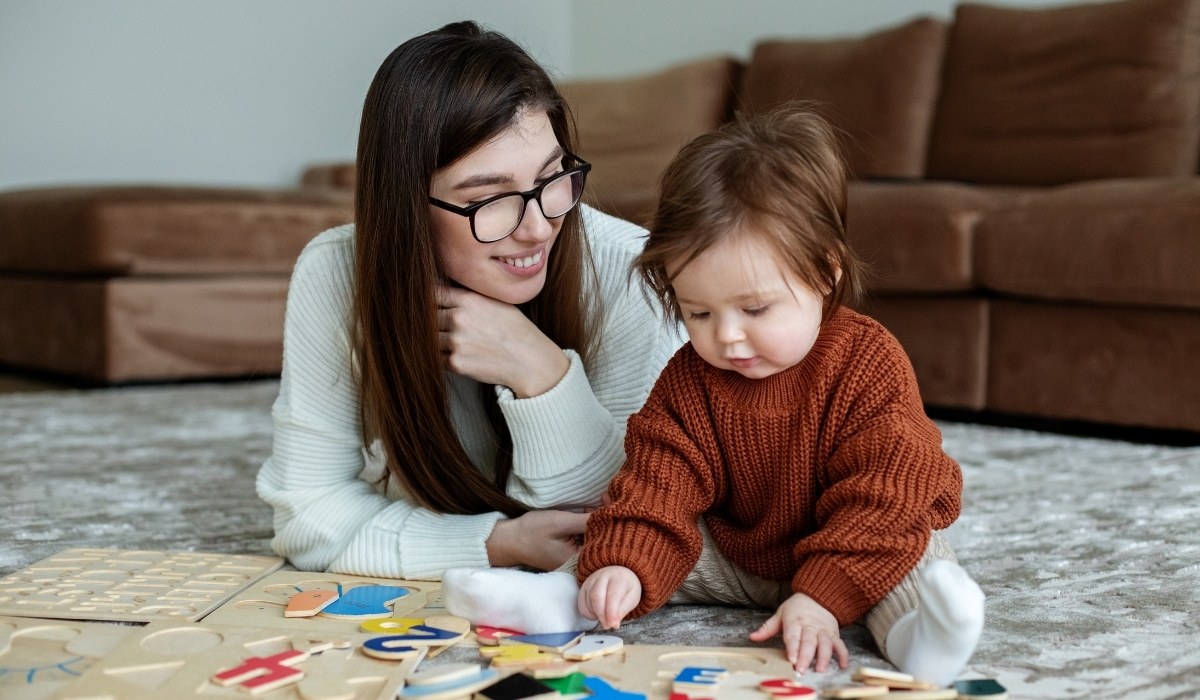
-ink.jpg)
-ink.jpeg)
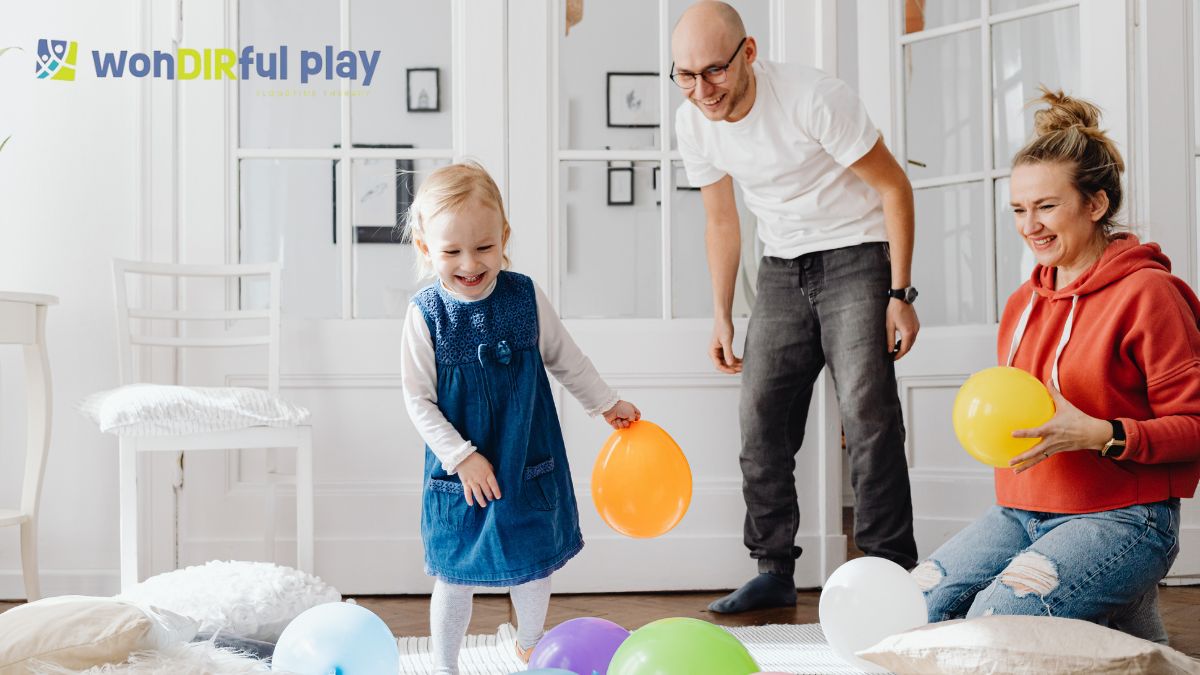
-ink.jpeg)
-ink.jpeg)
-ink.jpeg)

